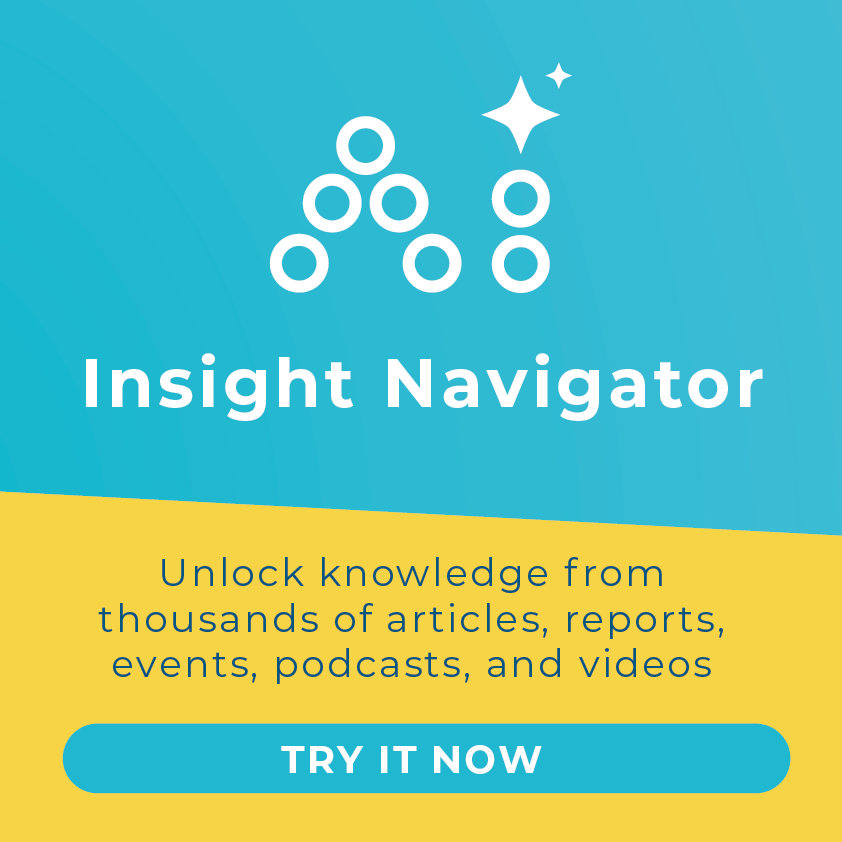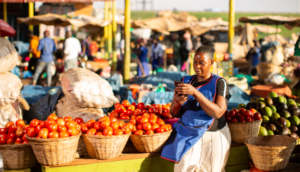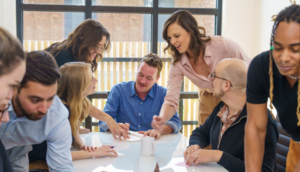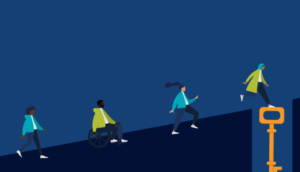The climate crisis is accelerating faster and is more severe than previously anticipated – to avoid the destructive consequences of a world warmed by more than 1.5°C, we must decarbonise the global economy to reach net zero by 2050.
At the same time COVID -19 and measures to prevent its spread are driving a disproportionate increase in women’s unemployment (as compared to men) and also decreasing their overall working time. The pandemic is making a bad situation worse – even before the pandemic it was estimated that it would take women 108 years to reach economic gender parity with men.
Transitioning to a net zero economy whilst still economically empowering more women will be key to addressing the twin challenges of our time: climate change and inequality.
In the run-up to COP26, many companies are taking climate action with pledges to reach net zero emissions in their value chains by 2050 and earlier. For many companies, meeting their indirect or ‘scope 3 emissions’ will be the hardest part of their net zero pledge as circa 95% of emissions associated with retailing or consumer goods operations are Scope 3 emissions – either upstream or downstream. Proactively reducing emissions from products, services and investments will change how companies run their supply chains and interact with their suppliers as well as their workforce. Ensuring these changes do not create further inequality amongst an already unequal global labor force will be key.
To meet this growing challenge, Business Fights Poverty and the UK Government’s Work and Opportunities for Women (WOW) programme are collaborating on the creation of a toolkit that will distil the key insights and guidance on the gender dimensions of climate change for a business audience.
The toolkit will build on the WOW programme’s recent work which has investigated how women are affected disproportionately by climate change across various supply chains and has worked with companies who are identifying opportunities for achieving a gender-just transition to net zero.
THE RISKS OF INACTION
The differentiated impacts of climate change on men and women are well documented –some 80% of people displaced by climate change are estimated to be women, and women are 14 times more likely to die during environmental disasters.. In many parts of the world women comprise the majority of the agricultural labor force and are disproportionately affected by the systematic degradation of agricultural land, water resources and deforestation. Women are therefore key to creating more resilient supply chains be it cocoa or cotton, and to ensuring global food supplies.
THE OPPORTUNITIES:
Finding ways to simultaneously tackle gender inequality and climate change offers opportunities. As the Women4Climate network led by L’Oreal and BNP Paribas has ; ‘Women are accelerating the adoption of new green technologies in the developing and developed world; leading the climate debate in international fora; catalysing more sustainable business practices in the boardrooms of our largest companies’. Indeed evidence shows that women’s involvement in both adaptation and mitigation strategies is a proven success factor in numerous settings[1], and women’s participation in the C-suite of the world’s largest companies has been proven to lead to enhanced financial performance and innovation[2].
Over the next few weeks, in advance of COP26, Business Fights poverty and WOW will be reaching out to stakeholders to find out what it is that business needs to accelerate progress on tackling the twin challenges of climate change and gender equality. We will be seeking case studies across different sectors including e.g:
- The EBRD is supporting women entrepreneurs to adopt low-carbon technologies and promote access to green finance. Their Green Economy Financing Facilities (GEFFs), are working with local banks to ensure that both men and women have access to green finance, low-carbon technology and entrepreneurship opportunities.
- The CDC funded Miro Forestry in Sierra Leone and Ghana, that has, with the use of a gender workforce diagnostic, led to them setting new targets to increase the number of women in the workforce from 26 per cent to 40 per cent over the next two years.
- The IFC’s Energy2Equal initiative that works with large companies and small firms across Sub-Saharan Africa to close gender gaps and increase women’s participation in the renewable energy sector.
There are key issues we need to grapple with as we develop the toolkit – such as;
- keeping an intersectional lens on our deep dive into a gender just transition,
- deciding whether we should target a few sectors or make the toolkit applicable to all
- focusing our efforts on the upstream end of the supply chain or looking across a company’s entire value chain – and how it is harnessing all its levers of change to tackle gender and climate – from women’s representation and leadership in setting company strategy to using its marketing and communications power to end harmful stereotypes that put women more at risk from the impacts of climate change.
If you would like to get involved in the toolkit, or share your insights please contact Al***@bu*******************.org
[1] 16. Ndiritu, S.W., Kassie, M. and Shiferaw, B., 2014. Are there systematic gender differences in the adoption of sustainable agricultural intensification practices? Evidence from Kenya. Food Policy, 49, pp.117-127. 17. Bell, S.T., Villado, A.J., Lukasik, M.A., Belau, L. and Briggs, A.L., 2011. Getting specific about demographic diversity variable and team performance relationships: A meta-analysis. Journal of management, 37(3), pp.709-743
[2] 18. International Labour Organisation (2019) The Business Case for Change

